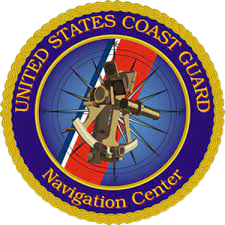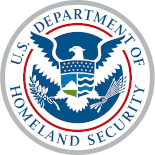AUTHORITY
Under the Ports and Waterways Safety Act (PWSA)(P.L. 95-474, 33 U.S.C. 1223(c)), the Secretary of Homeland Security may designate or adjust fairways and Traffic Separation Schemes (TSS) to provide safe access routes for vessel traffic proceeding to and from ports or places that fall under the jurisdiction of the United States. The Secretary’s authority to make these designations or adjustments was delegated to the Commandant, U. S. Coast Guard in Department of Homeland Security Delegation No. 0170.1. The designation or adjustment of fairways and TSS’s recognizes the paramount right of navigation over all other uses in the designated areas.
REQUIREMENTS
1. First Port Access Route Study. Initially, within 6 months of the publication of the PWSA, the Secretary was required to conduct a PARS of the potential traffic density and the need for safe access routes for vessels in any area where fairways and/or TSS’s may be recommended or considered. The PARS was announced in the Federal Register and included 32 study areas around the country.
2. Subsequent Studies. The PWSA requires the USCG to conduct a study of port-access routes before establishing new or adjusting existing fairways or TSS’s. A Notice announcing the study must be published in the Federal Register. Throughout the study process, the Coast Guard must coordinate with Federal, State, and foreign state agencies (as appropriate) and consider the views of maritime community representatives, environmental groups, and other interested stakeholders. A primary purpose of this coordination is, to the extent practicable, to reconcile the need for safe access routes with other reasonable waterway uses. In addition to aiding us in establishing new or adjusting existing fairways or TSS’s, the PARS process (complete or modified) may be used to determine and justify if safety zones, security zones, recommended routes, and regulated navigation areas should be created.
OBJECTIVES
The objectives of a PARS are to determine
1. Present traffic density,
2. Potential traffic density,
3. If current vessel routing measures are adequate,
4. If current vessel routing measures require modifications,
5. The type of modifications,
6. And justify the needs for new vessel routing measures,
7. The type of new vessel routing measures, and
8. If the usage of the vessel routing measures must be mandatory for specific classes of vessels.

